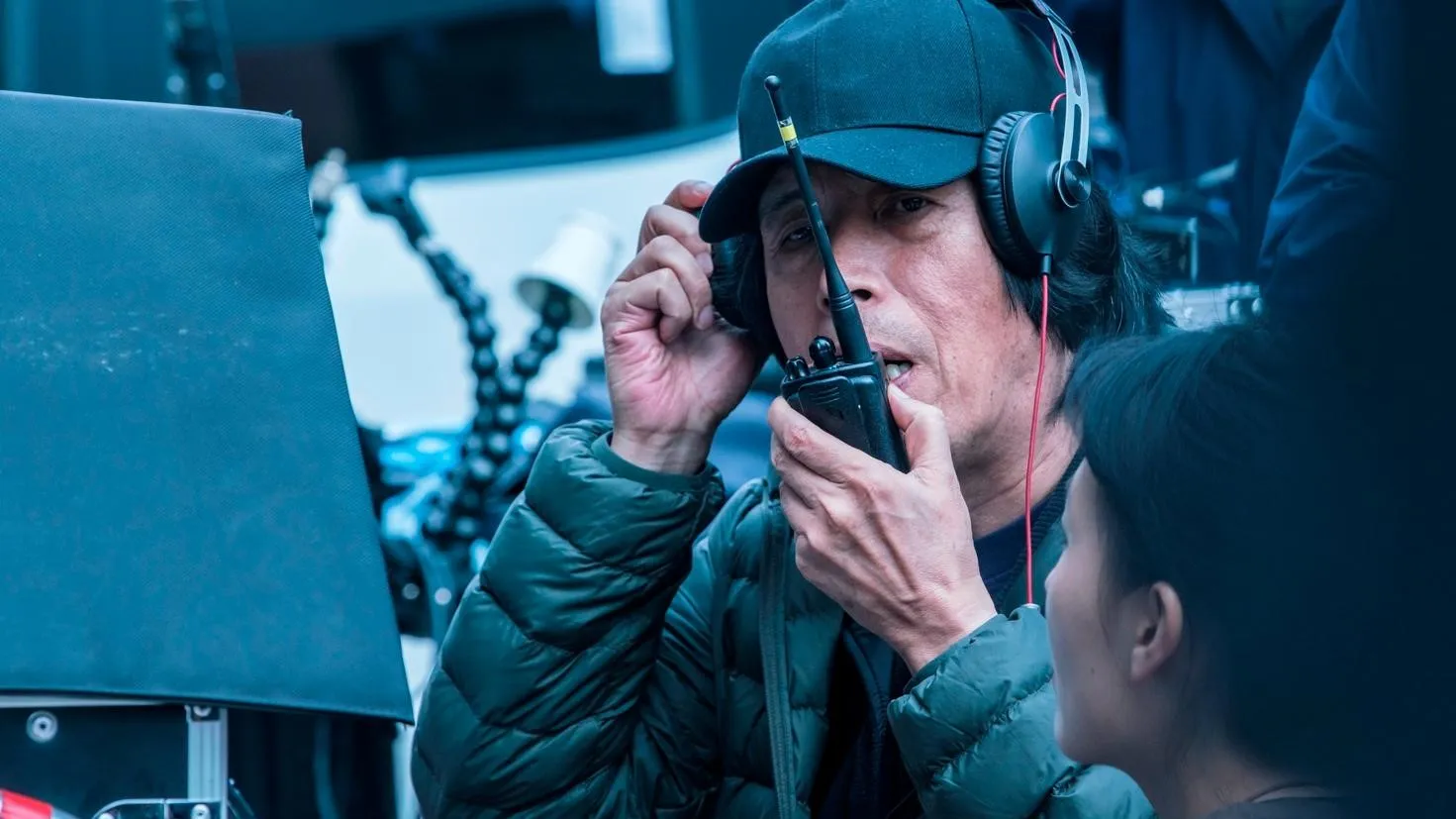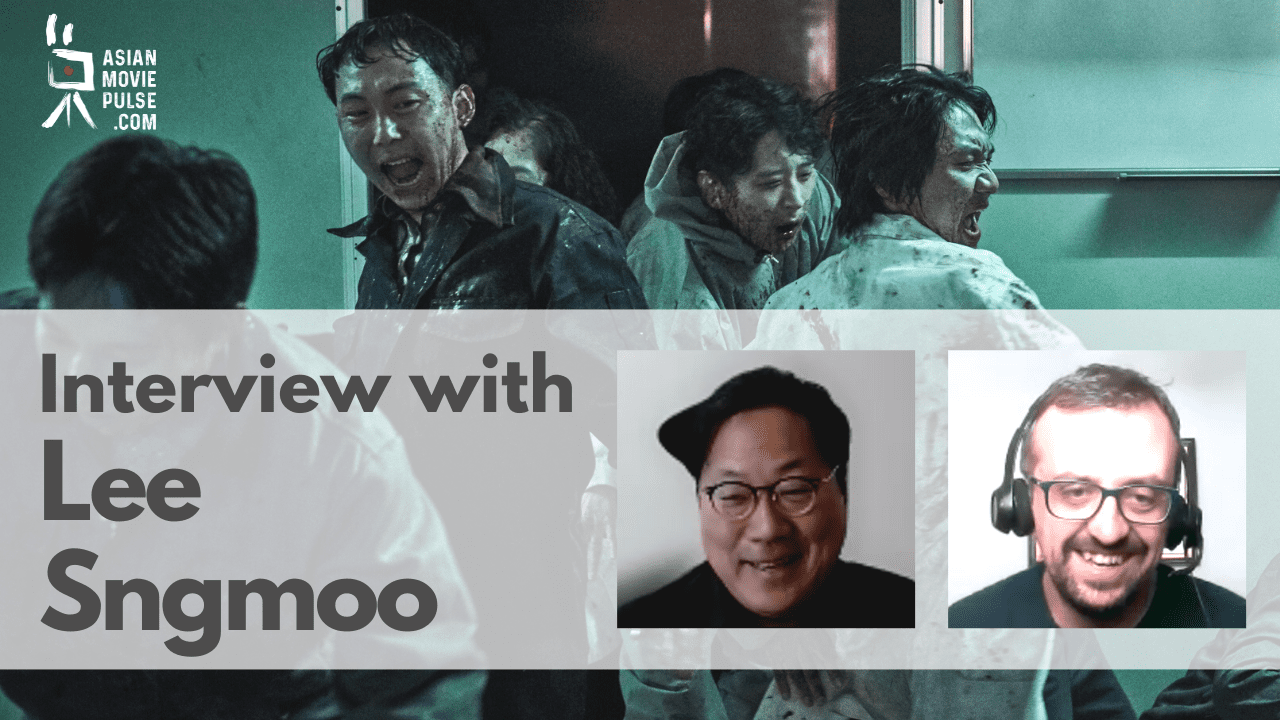In June, Berlin's Sinema Transtopia presented “Echoes from South Asia”, a program curated by Arindam Sen, devoted to experimental cinema from the region. The main focus was on the works of Sri Lankan, Bengali, Hindi and diasporic filmmakers from the subcontinent. The selection offered a plethora of approaches towards nonfiction filmmaking, and brought to light films which usually functioned in obscurity, either only in academic contexts, or as examples of niche experimental filmmaking.
The main themes of the programmed films that came to the fore tackled issues of social justice, homelessness, labour rights and (self-)exotification, with the filmmakers interest in nonlinear (or even nonnarrative) forms of filmmaking becoming the overarching feature. With many of the films made in the 70s and 80s, on the back of the revolution of highly politicized Third Cinema of the 60s, the filmmakers were keen on rejecting the traditional modes of storytelling. Thus, the movies remained largely invested in the poetic visuals, for example via sweeping tracking shoots, rapid zooms or double exposure of film. The presented works documented the region in rapid flux, with modernity violently entering the social life and upstaging the traditional ways of living.
Check also this article
With the desire to experiment and verge into hybrid forms, the directors clearly were searching for new cinematic language to illustrate the sociopolitical turmoil in South Asian region at the time. Even “Ether”, a film devoid of any dialogue or voice-over, has a clearly discursive character. The director Velu Viswanadhan shot it as a final instalment of a project which he developed since 1970s. Each previous film was devoted to different elements making up the world according to the ancient Vedas. With the last part, commissioned by Paris' Centre de Pompidou in 2002, Viswanadhan creates a mesmerizing and confusing portrait of contemporary India. His ethnographic interest in observing city dwellers in their totality is reminiscent of Godfrey Reggio's similarly multi-parted “Qatsi” trilogy. A seemingly chaotic assembly of images has its own logic and trajectory. By starting in the city, and depicting labor there, the director later moves out with the camera to the provincial areas. Viswanadhan's politics are most overtly expressed by the film's camerawork and his interest in deceiving the viewer. The camera often moves, zooms out abruptly, or changes field of focus, thus constantly creating optical illusions. Is what we are seeing a detail? A close-up shot of a tiny object? Or is it an establishing frame, depicting a paddy field? This constant interplay of perspectives and red herrings becomes even more complicated by the anachronisms in the film. With its focus on the rural and traditional, “Ether's” India, even if shot in early 2000s, feels like a thing of the past century.
What transpired from the talks after the movies, was the unclear position of many of the filmmakers in the larger context of their national cinemas. Particularly Mani Kaul, director of “Mind of Clay”, remained fixed awkwardly between various movements. Openly discredited by Satyajit Ray for his formal experimentations, Kaul's “Mind…” is an interesting example of a state-commissioned work gone slightly off the rails. Initially devised by the local government as a documentary about terracotta art and potters, the film opens with rather standard observational sequences. However, it quickly departs into a clearly post-modernist territory, by counterpointing the documentary footage with mythological and ancient tales told in the voice over. The film thus turns into a meditation on the contemporary relationship of Indian society with its tradition. The postcolonial search for links to the pre-British identity is apparent in “Mind of Clay”. Even the title itself suggests that the answer to this identity search should start by reformulating contacts with the old. Kaul's clearly romanticized attachment to the past and tradition places “Mind of Clay” is an interesting position, especially with regards to its depiction of labor.

The most overtly political works were presented in the ‘Routine Resistances' section: Uma Segal's “Shelter” (1983) and Yugantar's “Tobacco Embers” (1982) tackle the issues of homelessness and unionization of labor respectively. Especially “Tobacco Embers” impresses with the ability to depict labor in a harmonious, almost balletic way in the opening sequences, to then segue into a convincing illustration of the struggles of female workers in the factory. The film's discursive qualities, and its genuine anger, surprises even more when one learns that many of the scenes with the laborers have been reenacted for the camera. This doesn't take away the authenticity of the film. So much so, that it served as a guidebook on the art of protesting for other workers' unions in India of the time, and still remains an inspiration for the next generations.

“Songs of Ceylon” was a program which provided a frenetic insight into the precarious political and social life of the eponymous island via Mark Lapore's “A Depression in the Bay of Bengal” (1996). James Broughton's “The Gardener of Eden” (1981) was a psychedelic portrait of Bevis Bawa, Sri Lankan horticulturist. An exercise in unusual film devices and strong visuals, “The Gardener…” was a piece of curio prefacing “A Song of Ceylon” (1985), a highly transgressive experiment in feminist and postcolonial filmmaking. The director, Laleen Jayamanne, took inspiration from academic writing about the old customs and rituals of Sri Lanka, and used theatrical performances to give them a social-theory-infused twist.
The presented films demonstrated large interest in the status of labour(ers) in South Asia. Watched now, they cast a perspective on the struggles within the society which slowly learns about the traps of neoliberal logic – even before the economic boom caused by globalization in the decades that followed. Concern of the programmed films with the tradition-modernity axis was all the more interesting, given their authors' investment in the novel approaches to filmmaking.















